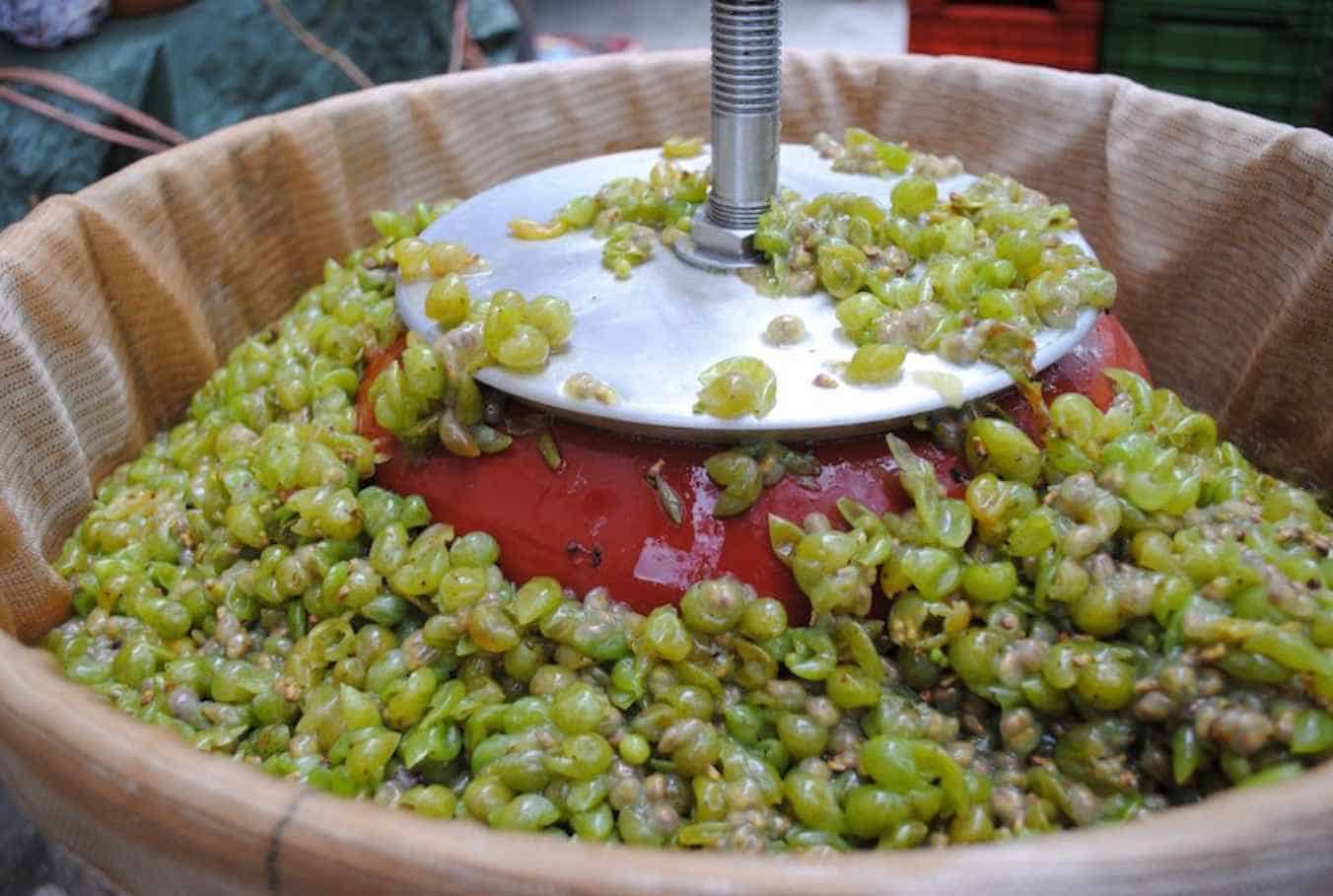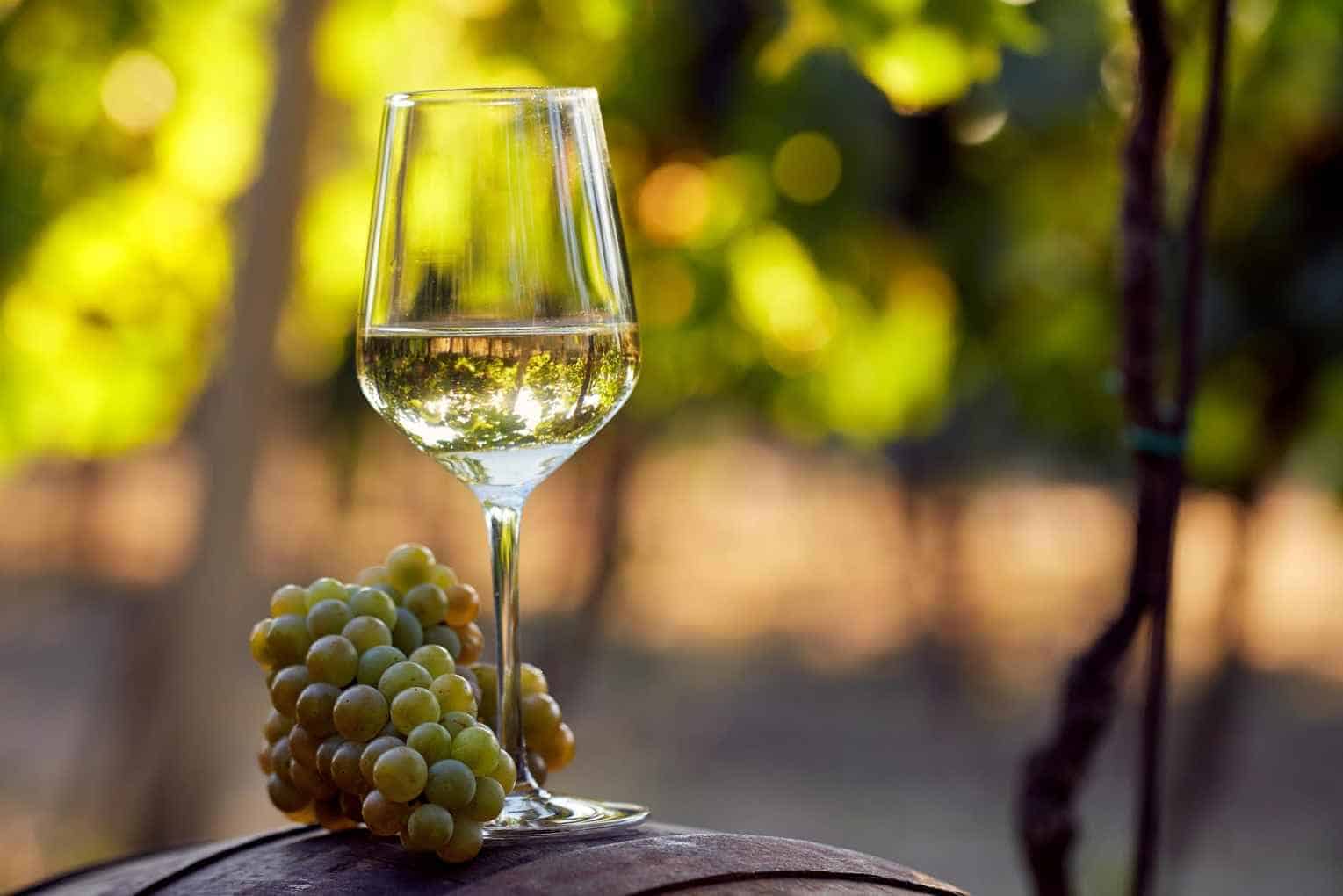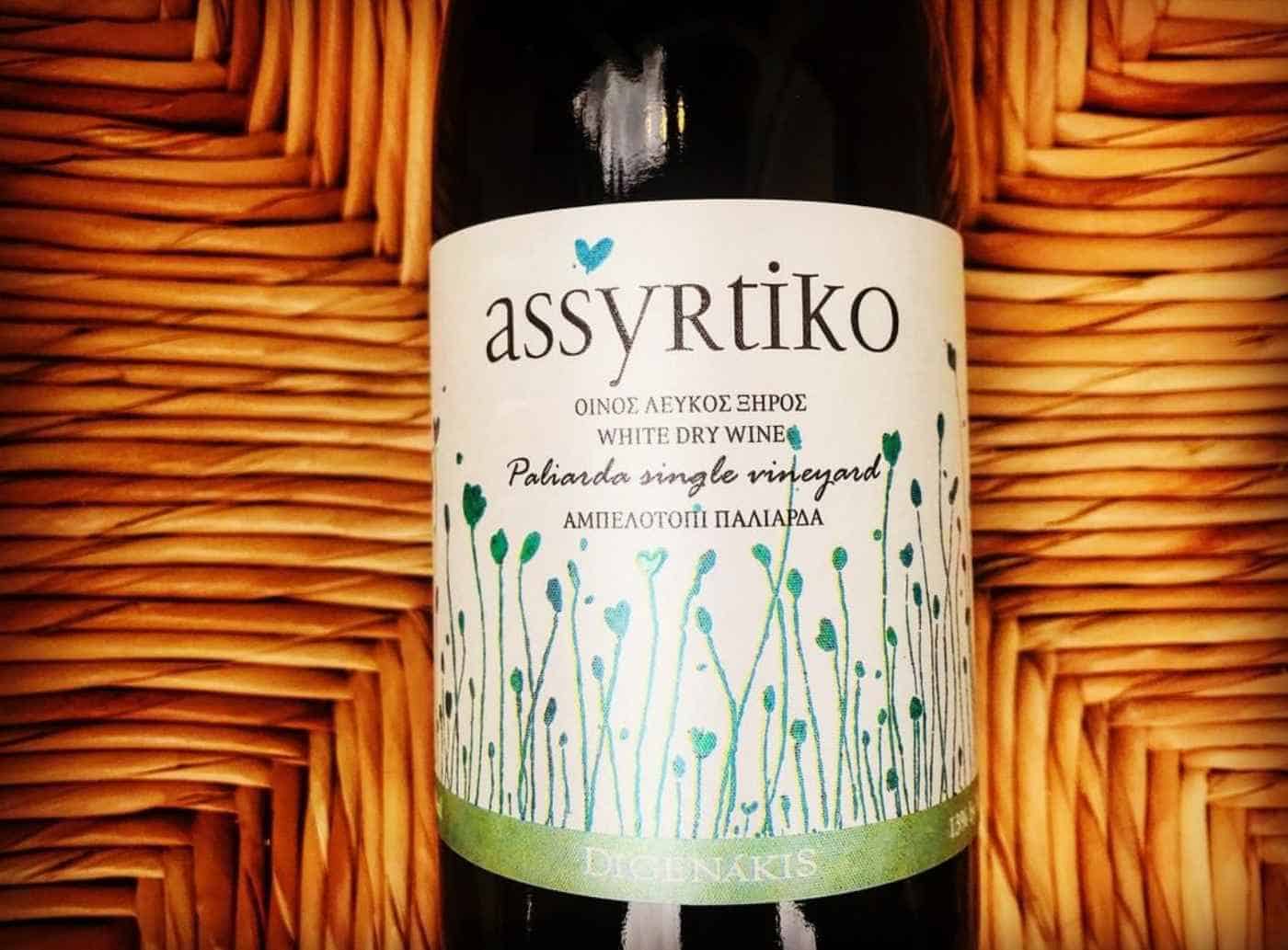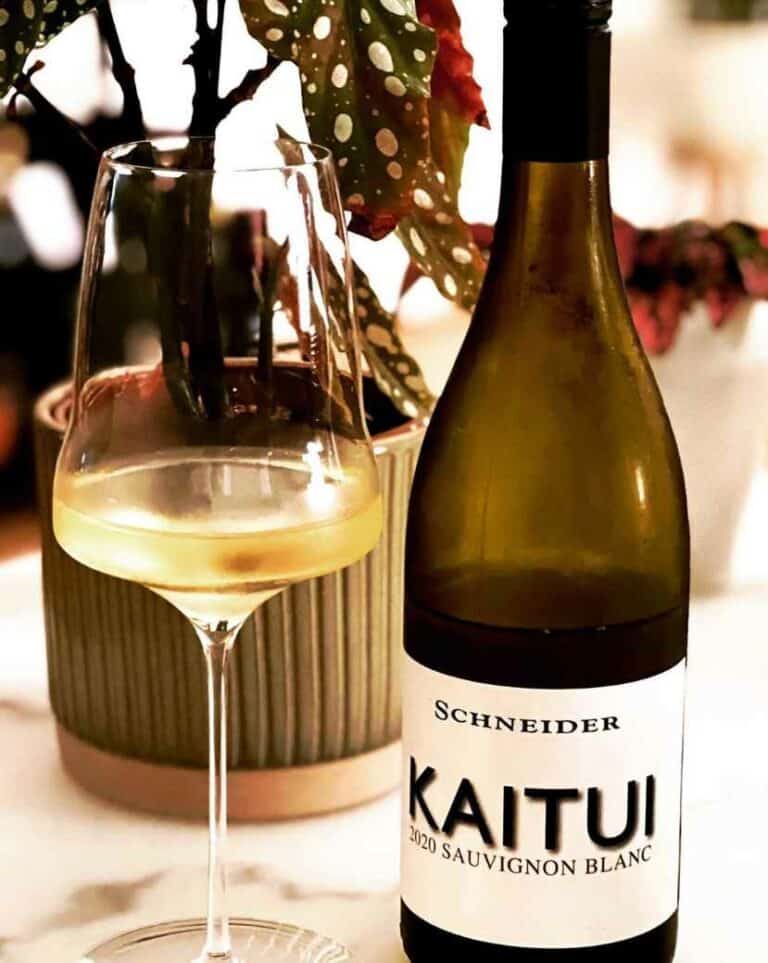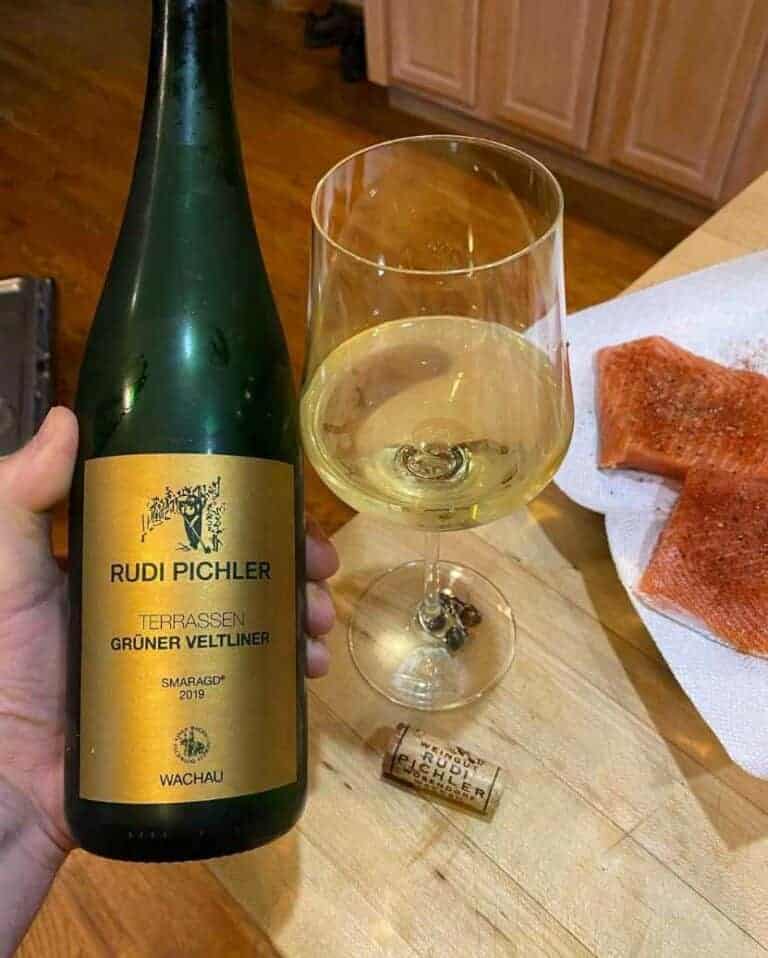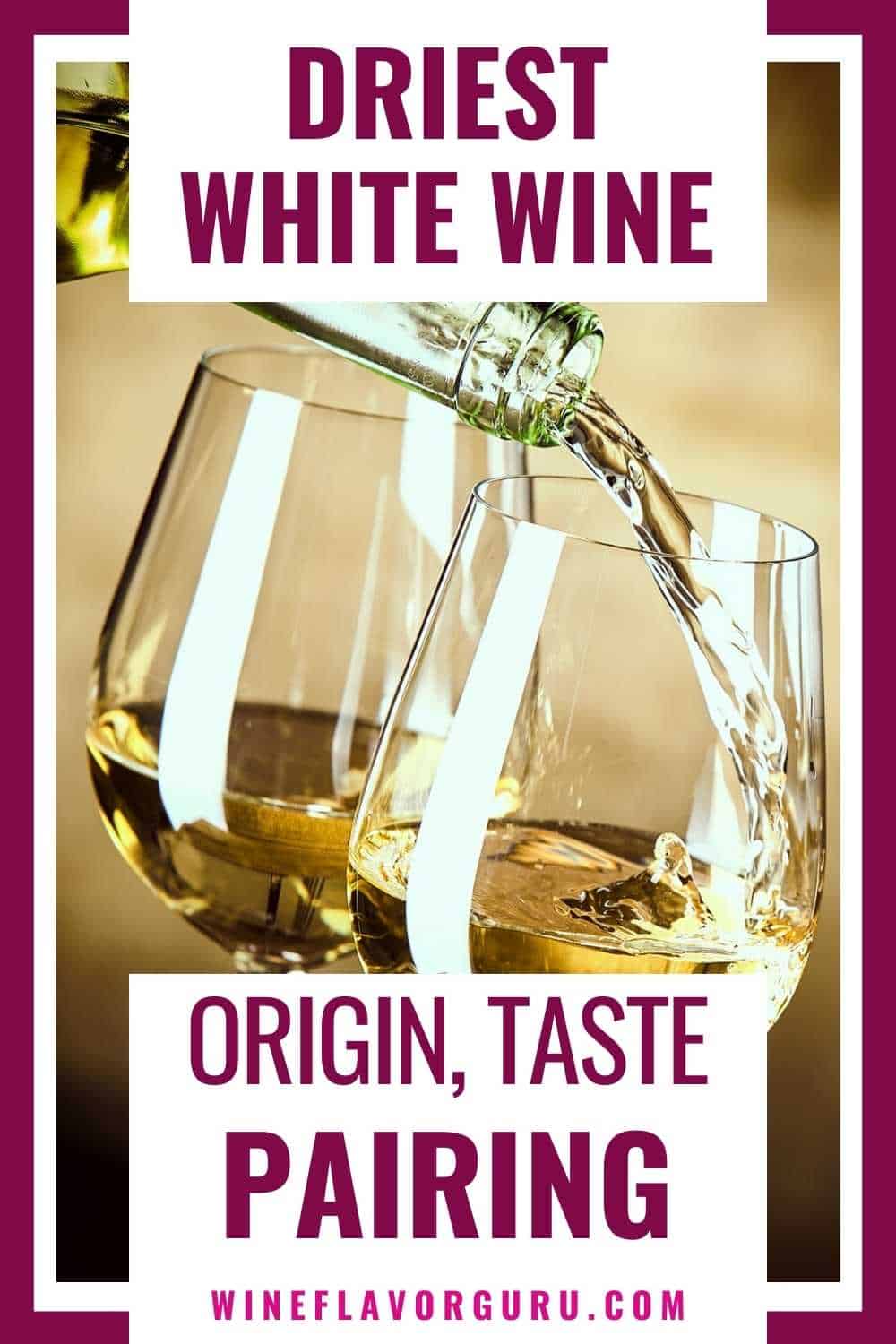Wine enthusiasts commonly use the term “dry” to describe wine. While it can be a confusing description for a liquid, it simply means that the wine is not sweet. There are several dry white wines in the market. However, it’s interesting to know the answer to “What is the driest wine?” Read on to find out.
What is dry white wine?
The word “dry” in the wine world describes a wine that lacks sweetness. It’s a wine-tasting term that means the opposite of sweet. You can determine a wine’s dryness by the amount of its sugar content. So the driest wine in a roster means it has the most negligible sugar content.
How is a dry white wine made?
White wine grape varieties such as Pinot Gris and Chardonnay are naturally sweet when ripe. Grape farmers harvest them at their peak sweetness. During fermentation, the sugar in grapes converts to alcohol with the help of yeast.
The winemaker can control the wine’s sweetness. To produce sweet wines, they stop fermentation before the yeast converts all the sugar in the grape juice.
Meanwhile, they create white wines by allowing the process to finish. Usually, there will still be some sugar left. This leftover is called residual sugar. In the case of dry white wines, the residual sugar will be tiny.
How much residual sugar is in dry white wine?
Dry white wines have unsubstantial residual sugar. One glass of dry white wine has less than one gram of sugar (150 ml/ 5 ounces). The human palate can only distinguish sweetness at around two grams per glass. So anything lower than that will already be considered dry.
Do dry white wines have higher alcohol content?
One of the common misconceptions about dry wines is that they have higher alcohol content. However, this is not the case. It still depends on the wine type. Some dry wines have low alcohol content, while some sweet dessert wines have higher alcohol levels.
What’s the difference between a “dry wine” and a “drying wine”?
As mentioned earlier, a “dry wine” refers to a wine that is not sweet. On the other hand, “a drying wine” is more of a feeling rather than a taste.
This kind of wine “dries” the mouth due to its tannin content. Most white wines have very little or zero tannins, so they won’t usually dry the mouth and cheeks. Drying wines are commonly a feature of red wines.
Please watch this video explaining dry wines further.
What are “bone dry” white wines?
Bone dry wines are the driest wines on the market. It means the fermentation process stripped the wine’s residual sugar. Generally, dry wines have less than 1% residual sugar. For a wine to be considered “bone dry,” it needs to have 0.5% residual sugar. You can barely taste any hint of sugar when you take a sip.
The following are the driest white wines you can buy.
Assyrtiko
These wine grapes are one of Greece’s most popular white wine grapes. It has grown for decades on the beautiful island of Santorini. However, some vineyards in mainland Greece and Australia are already cultivating them.
Known to be the driest wine, it has a strong acidic flavor and hints of saltiness. It is a refreshingly crisp, light-bodied wine with tropical notes and citrus fruit flavors. You can also notice some minerality. Winemakers produce bone-dry, high acidity Assyrtiko wines by aging them in oak for three months or more.
Melon de Bourgogne
Many wine enthusiasts commonly refer to the grape wine Melon de Bourgogne as Muscadet. It originates from Bourgogne or the Burgundy region. However, it was replaced by other grape varieties during the 16th century. It now grows in Loire Valley’s Nantais region.
The Melon has a crisp and light texture. You can smell and taste hints of green apple, lime, lemon, and pear. The distinct saltiness comes from the wine’s seaside origins. It has high acidity levels, but some wine experts have noticed that it sometimes struggles to achieve a harmonious concentration of flavors.
Sauvignon Blanc
The famous Sauvignon Blanc grape originated from France’s Bordeaux region. The name comes from “Sauvage,” meaning wild since the grape vines grew like rampant weeds.
It’s now being produced in many parts of the world, including the US, New Zealand, South Africa, and Chile. Its dryness levels depend on the region where the grapes are grown. The bone dry varieties come from France.
Wine lovers refer to this refreshing wine as “grassy’ for its herby taste and crispness. It also has high acidity levels, great minerals, and significantly low sugar content. Winemakers prefer to showcase the fruity and bright characteristics of the Sauvignon grape.
What are “dry” white wines?
Wines classified as “dry” come next in line to bone dry wines. They have less than 1% residual sugar, resulting in a prominent absence of sweetness with every sip.
One common misconception about dry wines is that there won’t be any fruity taste since it’s not sweet. Several dry wines have natural fruity notes making them refreshing and delightful to the palate despite being labeled as dry. The following are dry wine suggestions that you can try.
Grüner Veltliner
Suppose you’re looking for a more exotic alternative to Sauvignon Blanc. In that case, a glass of Gruner Veltliner can satisfy your cravings.
This dry white wine grape grows almost exclusively in Austrian vineyards. Its name directly translates the phrase, ” Green Wine of Veltliner .”Veltliner is a lower Alps region in the 1600s that is now part of Italy.
When you drink this wine, you’ll taste hints of lemon, grapefruit, and lime. YOu can also taste a herbaceous flavor that most wine enthusiasts describe as white pepper.
One of the unique characteristics of Gruner Veltliner is its signature acidity vein that’s like an explosion in your mouth. Lower-end bottles lose this feature after every sip, but higher-end versions have a delightful tingly aftertaste.
Pinot Grigio
Pinot Grigio is an all-time favorite summer wine for its refreshing, lemonade-like effect. The birthplace of this dry wine is Burgundy, France. However, in the 1300s, it found its way to Swiss vineyards and delighted the Emperor.
This dry, zesty white wine has an energizing acidity with hints of limes, lemons, honeysuckle, and green apples. Meanwhile, fruit-driven varieties are often referred to as “Pinot Gris .”It has an oilier and slightly richer texture than the one with minerality.
Albarino
This green-skinned grape variety hails from the coastal region of Galicia, Spain. It grows mainly on both sides of the Iberian Peninsula. It thrives in macroclimates, so it’s also grown in vineyards in California and Portugal.
This dry white wine has a hint of saltiness and punchy acidity. You can also taste the flavors of rich stone fruits such as nectarine, grapefruit, and honeydew.
How to choose the driest white wines?
When planning a party or wanting to try a new, relaxing drink, you can try any of the driest wines mentioned above. You can check out the tips below if you’re on the fence about which bottle to choose.
1. Choose your desired flavor profile.
It would help to consider the flavor profile when looking for the best dry wines to buy. Would you want a drink with a hint of saltiness? Perhaps, you’re leaning towards a specific fruity flavor like lemon or grapefruit. It’s a matter of taste preference and current cravings.
2. Consider the region it came from.
Most French dry white wines are expensive. However, if you have the budget, you can grab a bottle of Pinot Gris from France for a more authentic experience. The region where the wine comes from determines how good it is. For example, Sauvignon Blanc from New Zealand is known for their superb quality.
3. Read the label.
Reading the label to ensure you get an authentic dry wine is best. Almost all wine companies indicate the dryness levels of their wines.
However, if you compare two dry white wines, you may check the alcohol level. Generally, white wine with lower alcohol content tends to be sweeter. Wines with 12% or more alcohol are the driest. Most of the time, the more alcohol it has, the less sweet it is.
4. Think of wine pairing.
If you already have a menu in mind, it would be easier to choose the driest wines to go with it. Here is a quick overview of the dry white wines you can pair with food.
| Driest White Wine | Food Pairing |
| Assyrtiko | ● Solid and salty cheeses such as feta and halloumi
● Fish roe and sea urchin dip ● Asparagus risotto |
|
Melon de Bourgogne |
● Oysters
● Ceviche ● Shrimp cocktail
|
| Sauvignon Blanc | ● Seafood and chicken
● Pesto and chimichurri ● Green vegetables |
| Grüner Veltliner | ● Asian, Chinese, and Vietnamese dishes
● Bitter greens and vegetable salad ● seafood |
| Pinot Grigio
|
● Light pasta and herby rice dishes
● Fish and seafood ● Chicken and turkey |
| Albarino | ● Whitefish and meat
● Salads and herbs ● Oysters, mussels, and clams |
Celebrate with a Bottle of the Driest White Wine
So, what is the driest white wine? You have six options from different wine regions in the world. The Assyrtiko remains the driest white wine, but the other five are very close contenders.
They are best for wine lovers who want to veer away from sweet drinks. The next time you’re planning a celebration try getting a bottle of dry wine to go with your meals.

George Moore, co-founder of Wine Flavor Guru, is a charismatic entrepreneur with a rich background in California’s wine industry. Alongside Sylvia, he transformed a Sonoma County vineyard into a source of premium wines. George’s expertise in sourcing exceptional grapes and his approachable style make wine appreciation both accessible and engaging.

